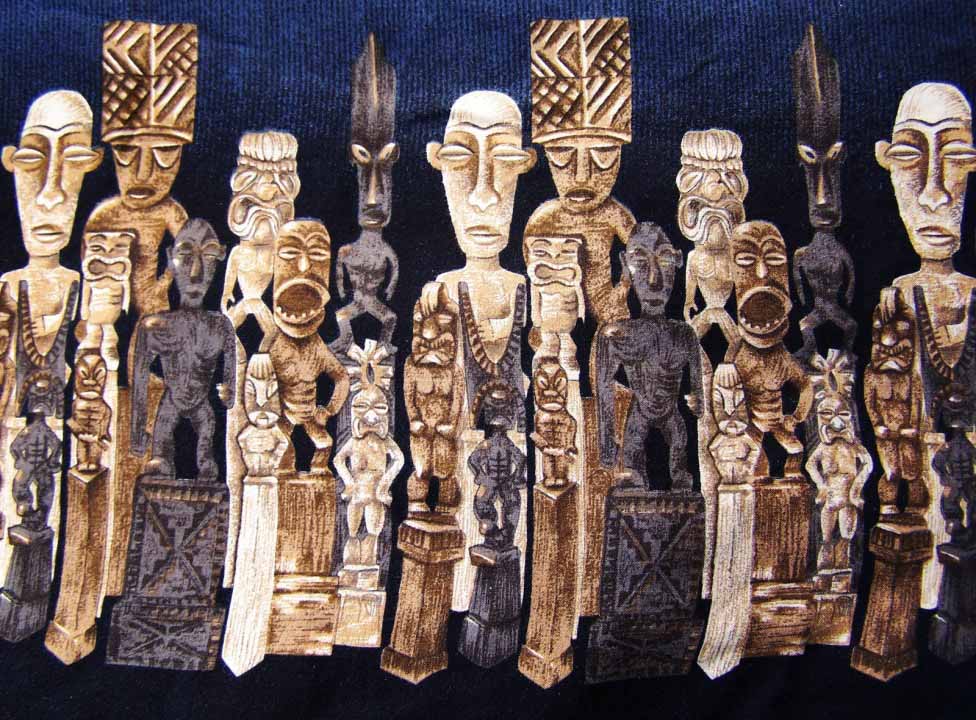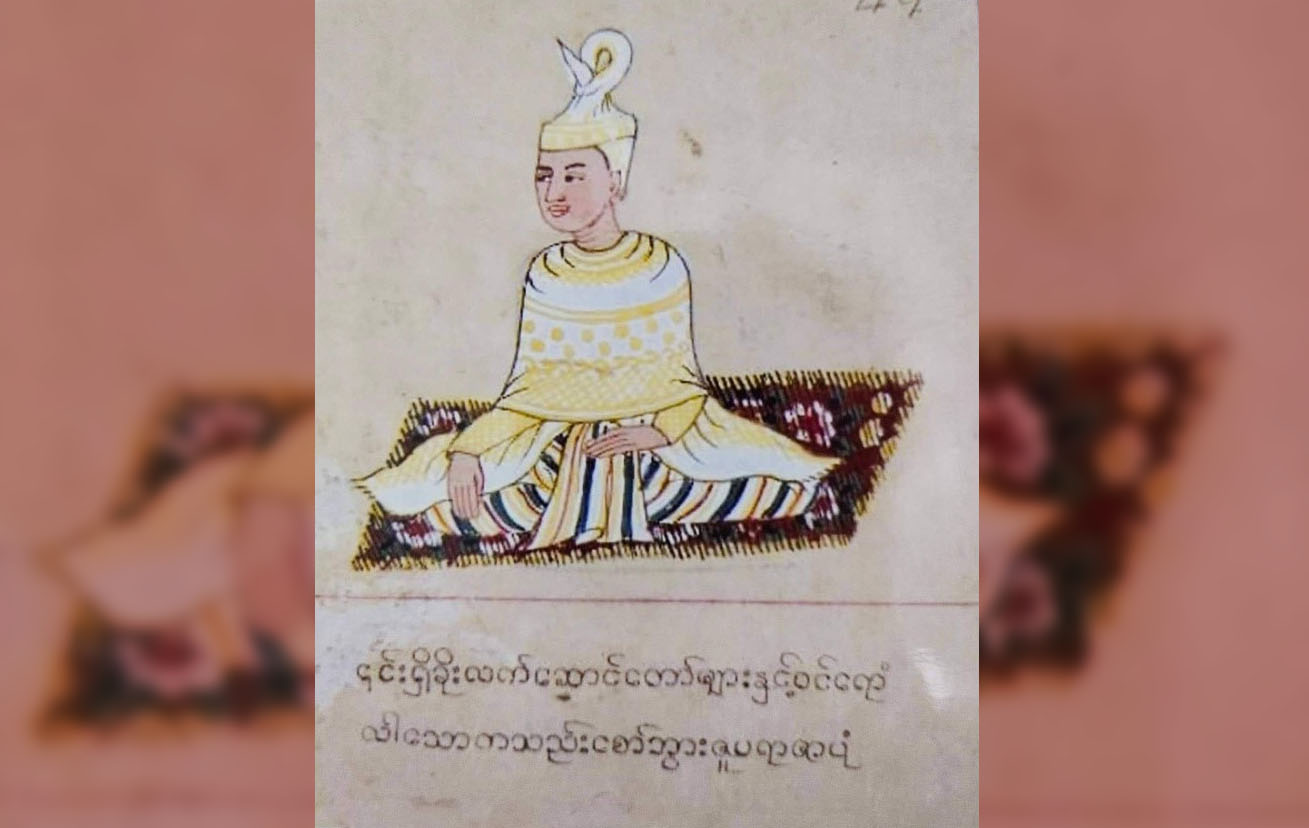Is identity primordial or is it a dynamic construct constantly evolving and transforming? The fact is, different identities formed at different stages of history’s chronology, some earlier than others, but can there be anything as primordial identity? Did the Chinese of today always consider themselves Chinese through the ages, or were Indians always Indians? Of course, if this timeline were to be pushed back far enough, all without exception were once unicellular amoebas living in ancient oceans.
This friction between constantly evolving identities, each then presuming they were in existence from ‘time immemorial’, shows up in intriguing ways even in many of the micro canvases of conflict in the Northeast. In 1929, when the Simon Commission visited Kohima, Naga leaders of the time presented a memorandum to the commission, explaining why Nagas were not Indians, and interestingly, amongst the Naga leaders who signed the memorandum was a gentleman who is no longer considered a Naga but identified as Kuki.
Similarly, in 1756, when King Alaumpaya of Ava (Burma), founder of the powerful Konbaung Dynasty of 11 kings, raided Manipur in person to avenge past raids from this kingdom contributing to the fall of the Konbaung’s predecessor dynasty, Toungoo, he brought along a very interesting map of Manipur which showed two principalities, Moirang and Kangla. The former was marked as friend and the latter as foe. After the Burmese were repulsed, it was King Bhagyachandra who united the two principalities to ensure both ultimately acquired a common Meitei identity.
Such stories are plenty in practically every community, and all indicate there is nothing organic or intrinsic about identity. Its mystic is often compared to an onion which no doubt has a definite presence, but if anybody tries to find out what exactly is at its core and starts peeling leaf by leaf, the discovery will be, there is nothing inside. Yet, the idea of community identity as primordial and not acquired, cannot be dismissed easily, for the roots of many of the most bitter and violent conflicts history has seen, stem from the imagination of exclusive and primordial community identities. Affiliation to a community identity, as Jolle Demmers quotes from several scholars and scientists, from Bennedict Anderson to Sigmund Freud, represents the individual’s longing for permanence.
In the world of arts, few works have more convincingly portrayed the absurdity and yet uniqueness of racial and nationalistic identities than French existentialist author Albert Camus. In his well known short story, The Guest, set against the backdrop of the Algerian resistance movement against French colonialism, he poignantly shows how.
A white school teacher, by ancestry a Frenchman but in every other sense a son of the Algerian soil, who even disowns the colonial French government’s overtures to coopt him in the fight to subdue local insurrections, discovers to his profound sorrow how unbridgeable the divide between the races are in a graffiti message on the school blackboard written by his own students issuing a veiled threat to him that all oppressors will soon be shown the door to leave Algeria. The tragic reality of exclusive and exclusionary nationalism could not have been told better.
Sudhir Kakkar’s Colours of Violence in many ways is an explanation of this divide. Kakkar, who calls himself a “pragmatic liberal and an agnostic mystic” studies the phenomenon of communal riots in India between the Hindus and Muslims, and comes to the conclusion that there is something much deeper and fundamental in the identity divide than the usual explanation that these are a fallout of sinister machination of colonial politics. Why otherwise would the identity divides persist amongst communities after generations of sharing and living together, as Camus shows in The Guest, or why would familial and social bonding remain after generations of separation and radically different social engineering as in the case of East and West Germans, Kakkar notes in his book.
The multiplication of identity assertions in modern times also has to do a lot with democratisation of education, for it opened up the mental horizons of previously closed worlds of backward and illiterate ethnic communities, whose social affiliations did not extend beyond clans and villages. Their awareness of themselves in relation to the new and larger world changed and the answer to the Hegelian question “who am I?” would have acquired new significance as well. New experiences, new visions, new vocabulary, new understanding of the self etc., would have deepened the query further.
The problem is further compounded. As the previously ‘non state bearing populations’ as James C. Scott described them, wake up to the reality of nationhood, they invariably find themselves enclosed in previously formed national identities. This has been at the roots of many insurgencies in the Northeast so also the competitive ethnic identity assertions, and with it, claims of ancestral territorial domains, imagined or otherwise, often leading to violent conflicts. Manipur is no stranger to this. The obvious challenge before India as well as almost all of the states of the Northeast is about how these multiplying identity affiliations are to be accommodated into a larger consensual identity.
Of the Northeast states, it is probably the three erstwhile kingdoms, Assam, Tripura and Manipur which are burdened the most with this peculiar identity crisis. The problem is evident in the ambiguity in the answer to the question who is an Assamese, Tripuri or Manipuri, for these identities generally point to their once ruling communities, often at the neglect of the newly awakened identities within them. Their challenge therefore is to redefine their collective identity to make them consensual and representative.
Eric Hobsbawm in Fractured Times could not have said this better. In several of the essay in this collection, one idea recurs. German Jews before WWII were eager to integrate with the German identity, however they wanted to assimilate not with the German nation but with the German middleclass. Hobsbawm does not deny the importance of the power nationalism commands, nonetheless feels the need for its moderation. The middle class which generally cuts across community lines, united by professional pursuits, driven by a desire for achievement and excellence, can be the hope in this project of striking a balance between nationalism and consensual, constitutionally determined identity even in the most diverse nations.
This article was first published in The New Indian Express under a different headline. The original can be read HERE












